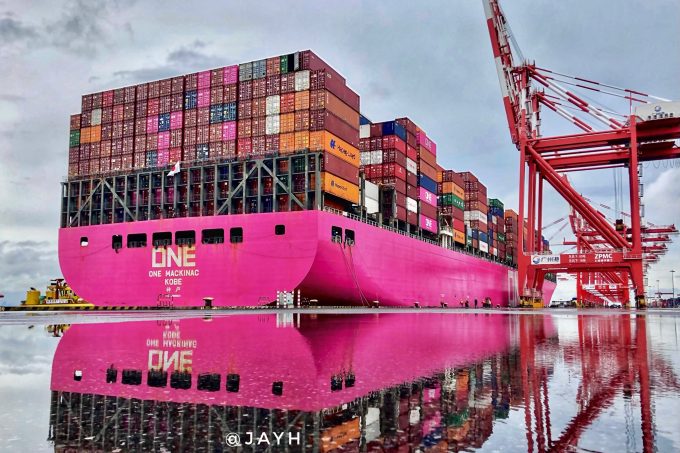Airports must get creative as surging ecommerce threatens to engulf capacity
Airport infrastructure and aircraft capacity are not expanding fast enough to keep up with demand, ...

The fractious relationship between ocean carriers and their freight forwarder and NVOCC customers is seen as one of four key disrupters to the supply chain next year, by maritime consultant Drewry.
“We are starting to see that some ocean carriers are withdrawing from NVOCC relationships and others ...


Comment on this article